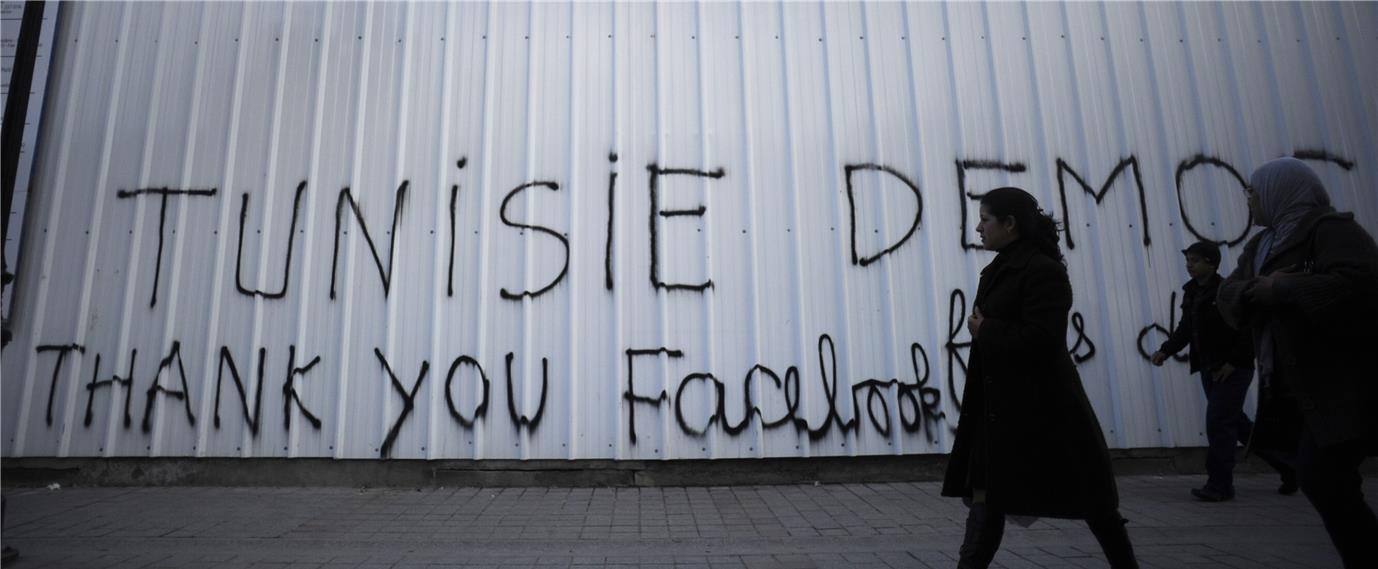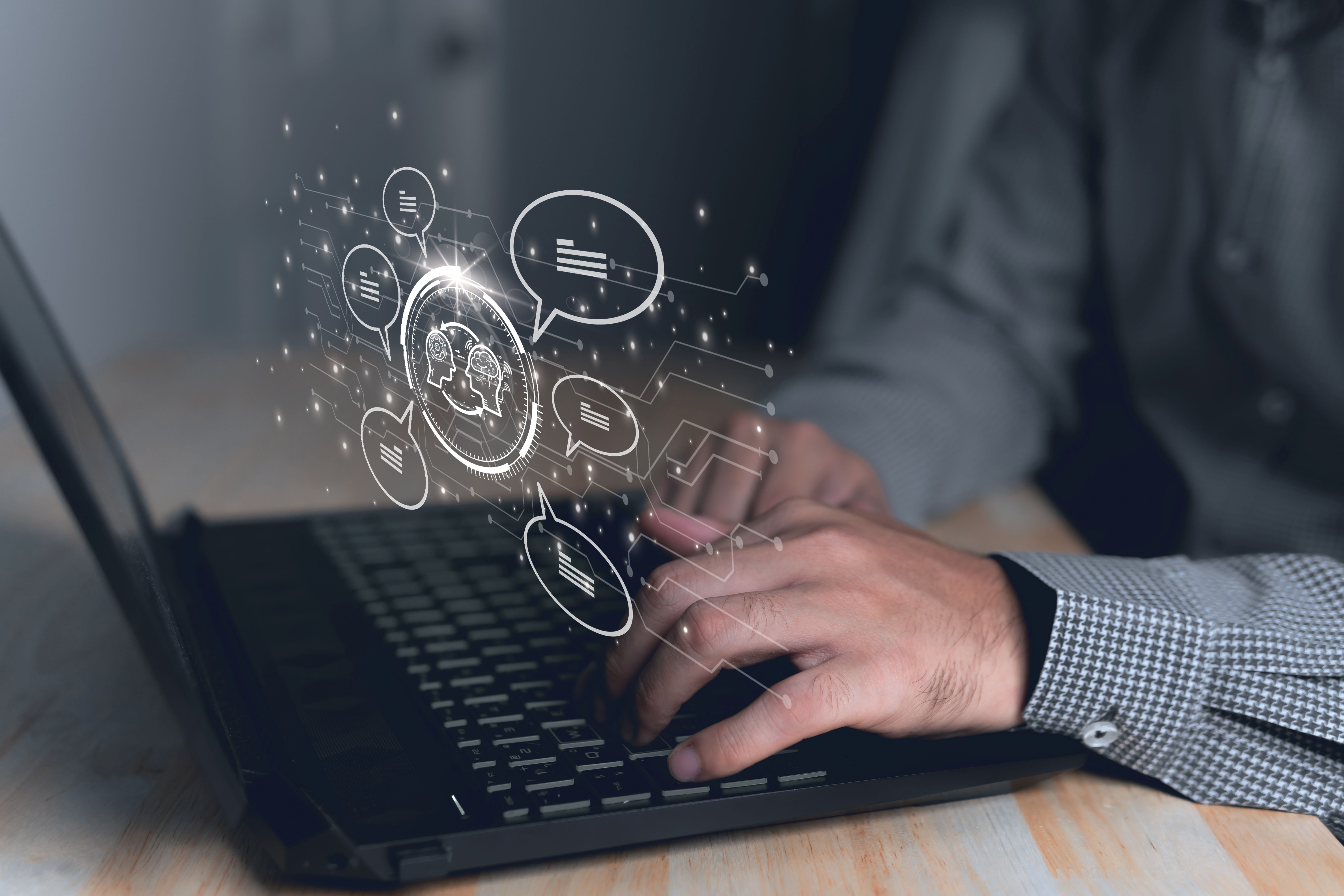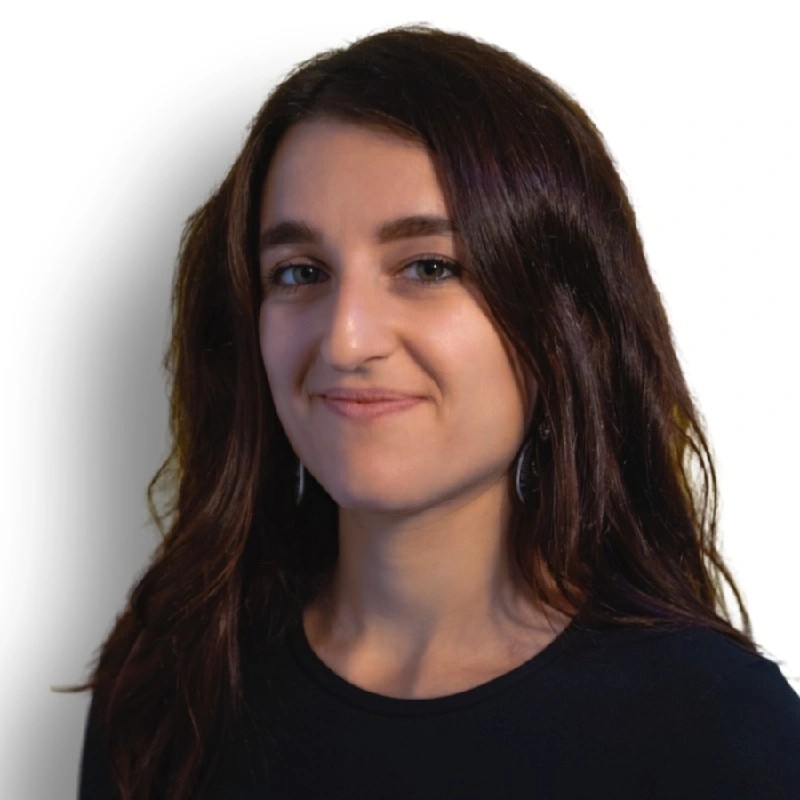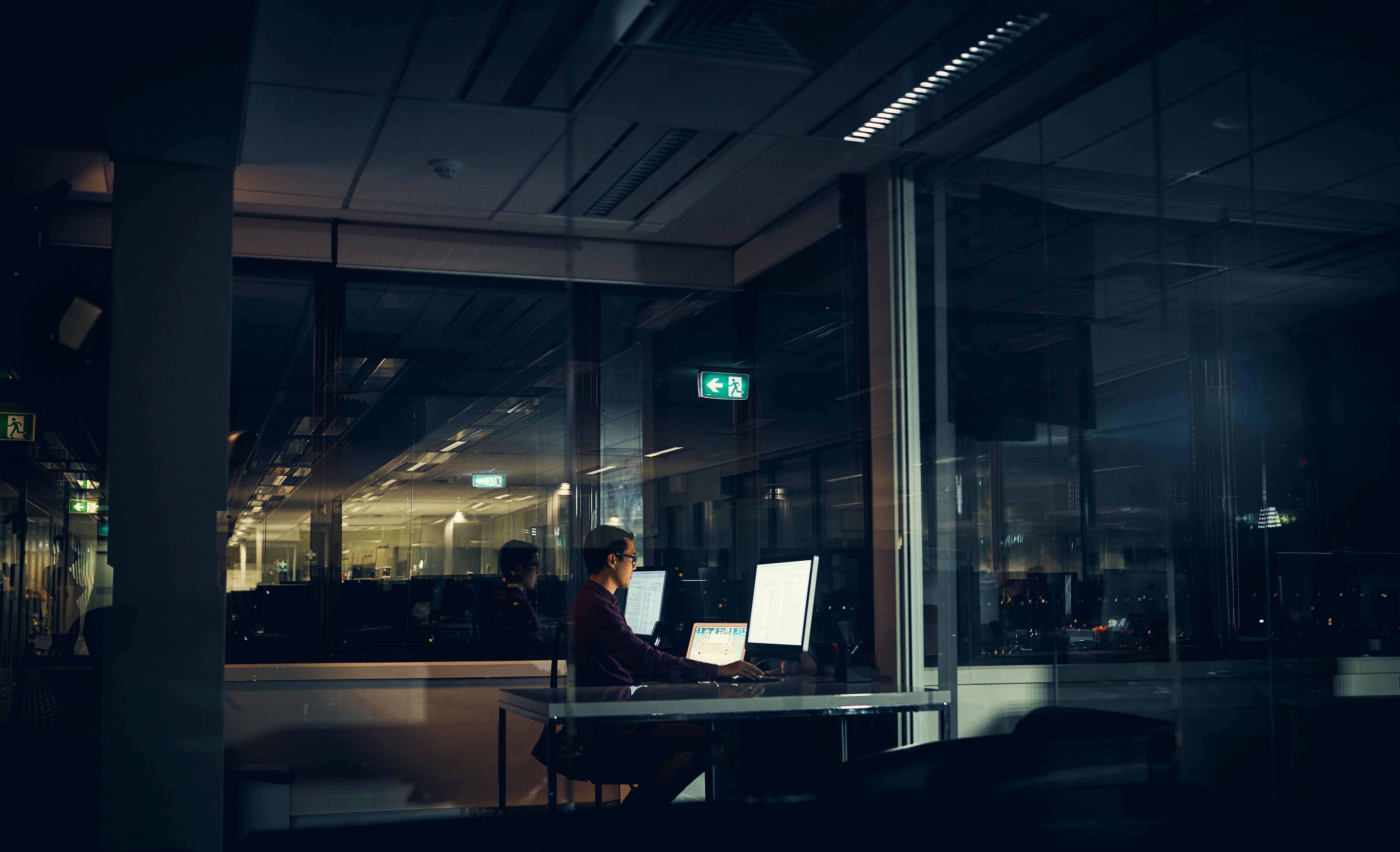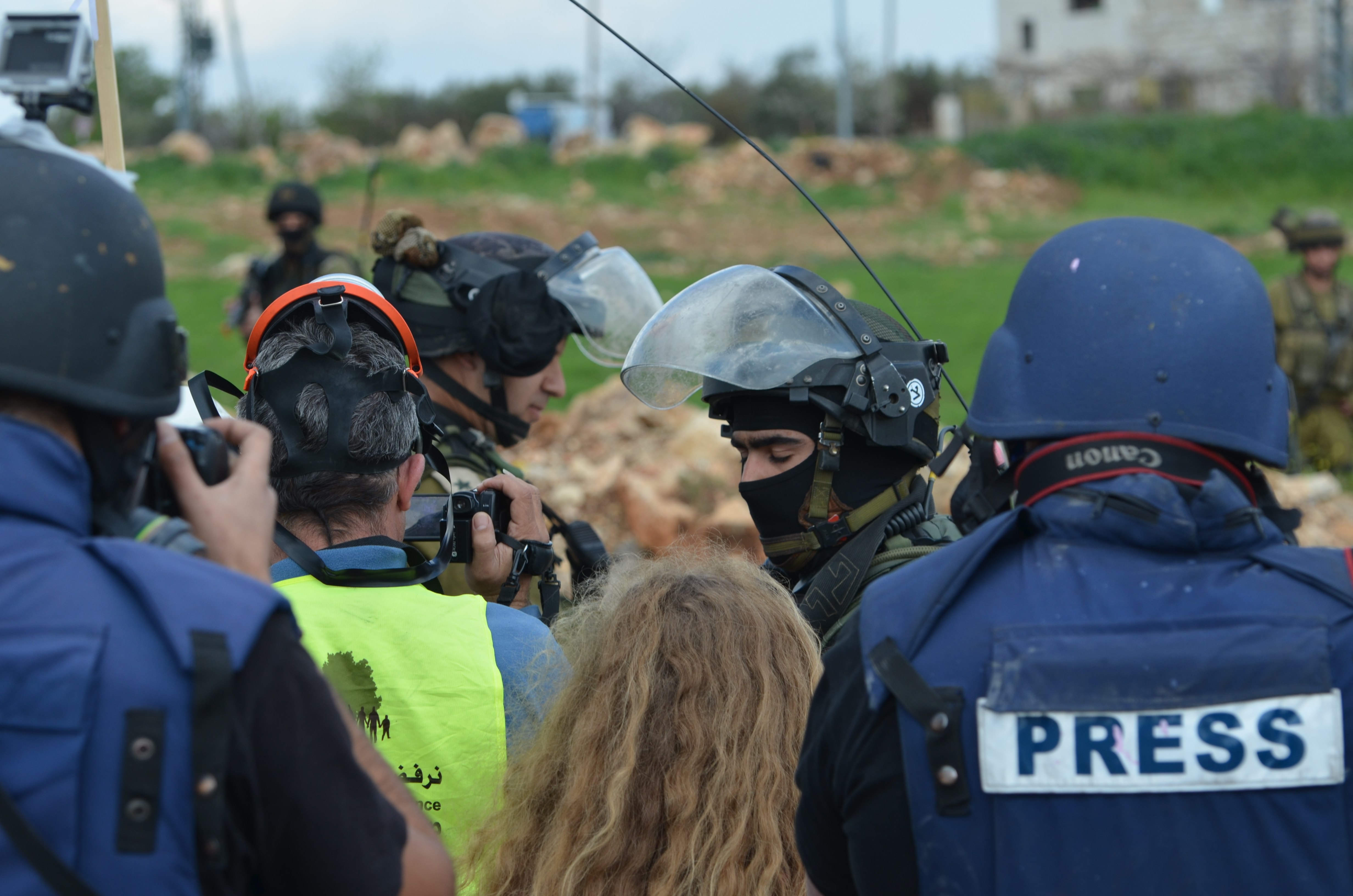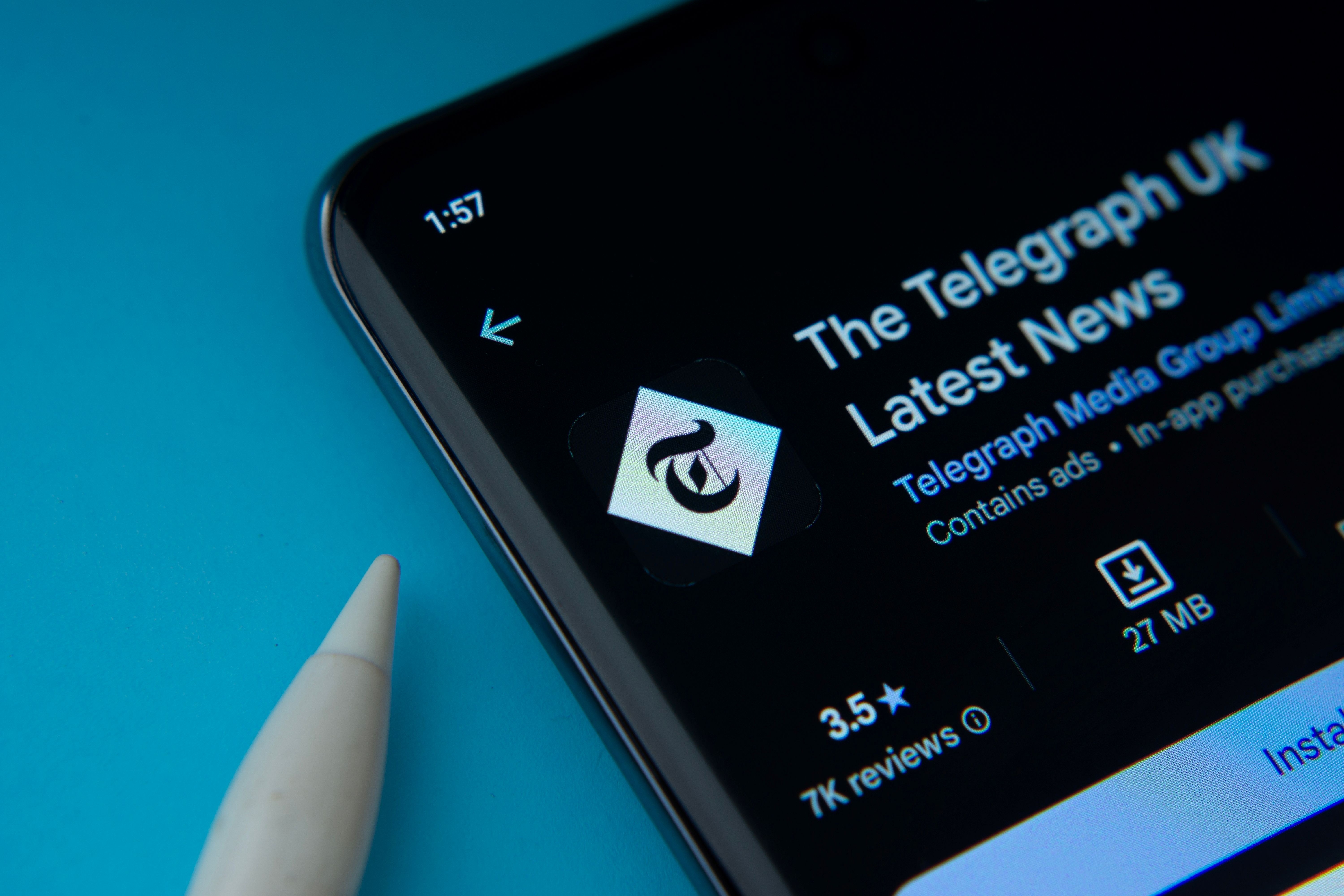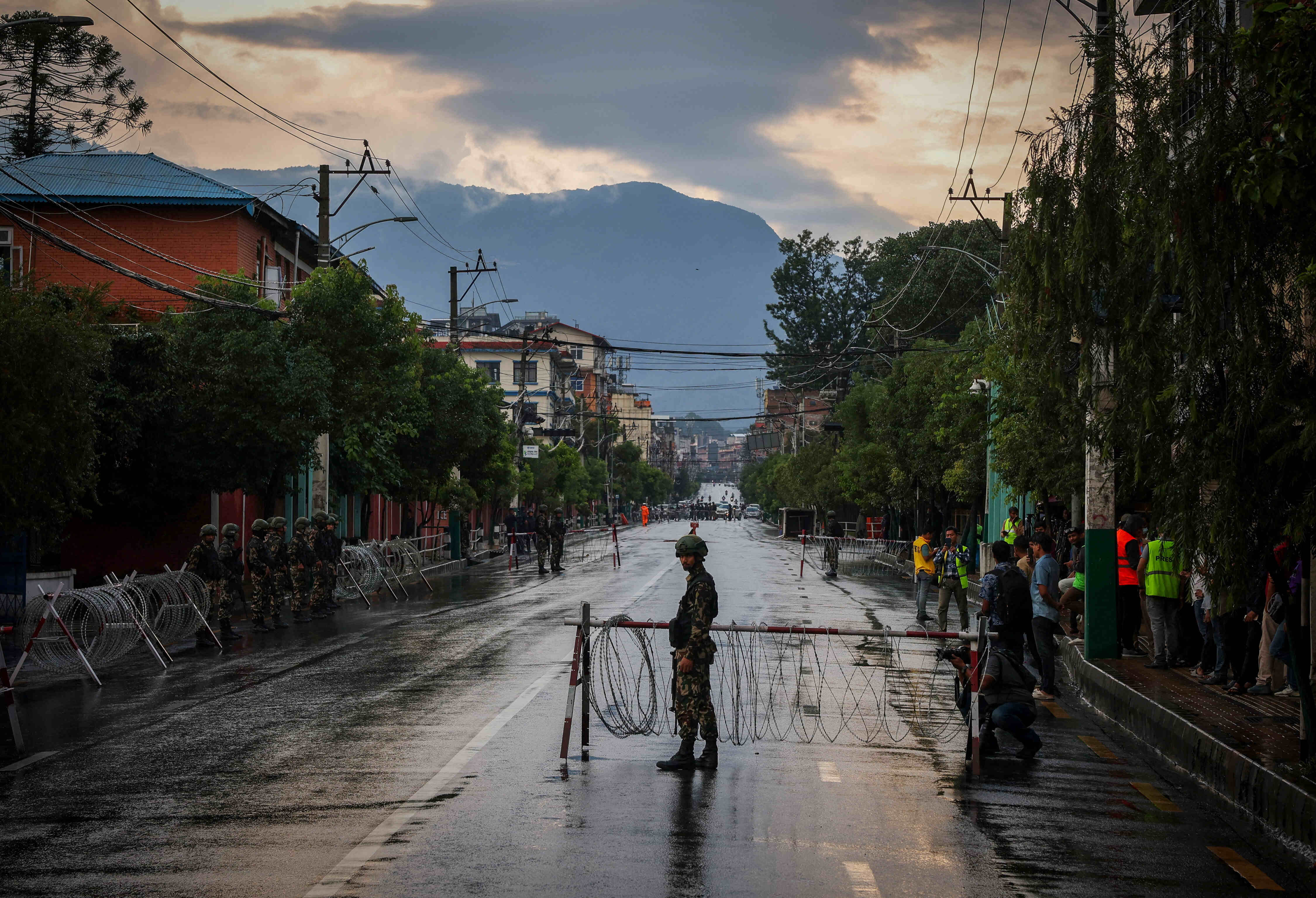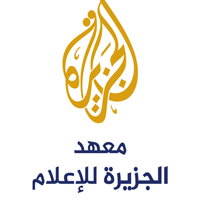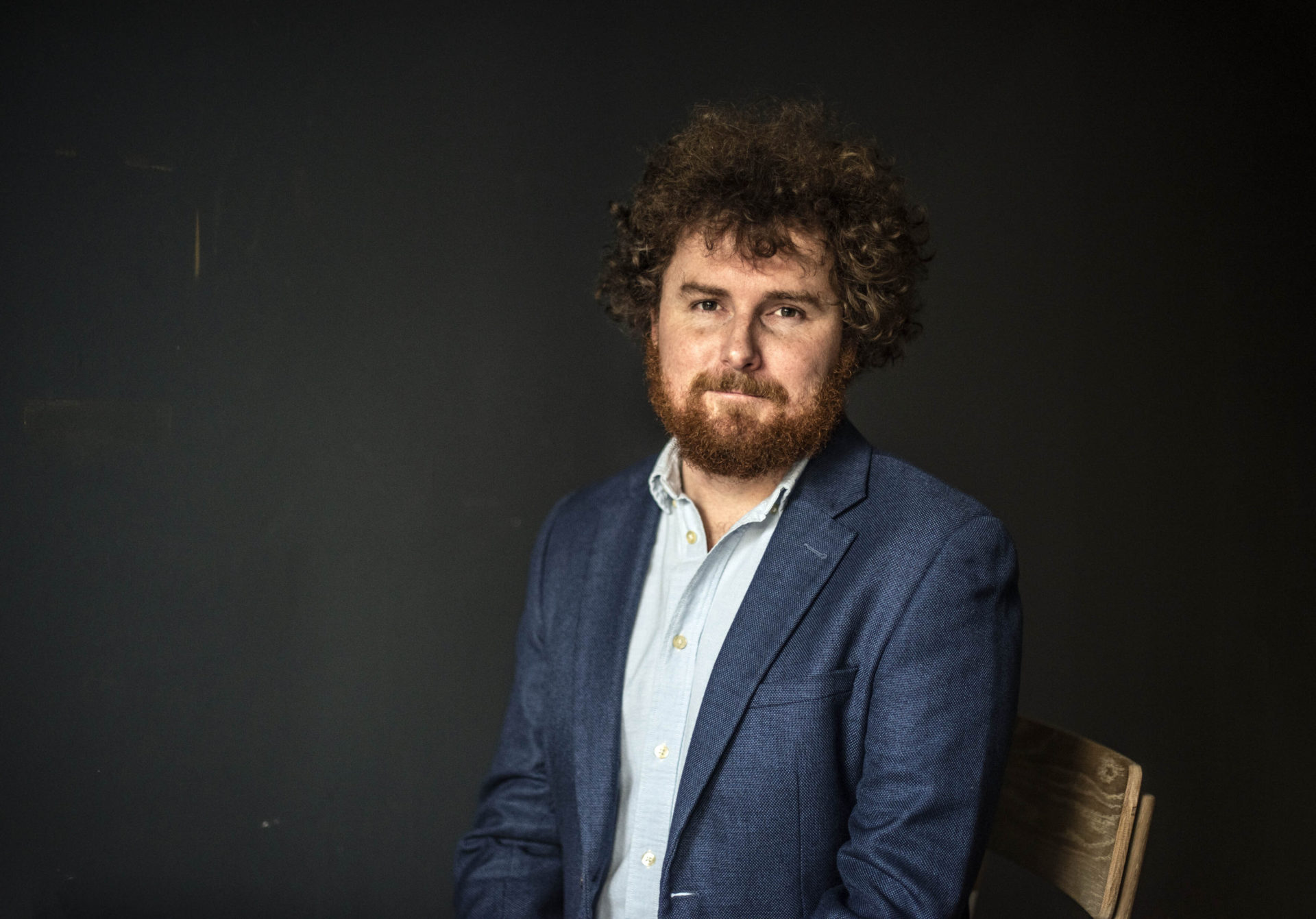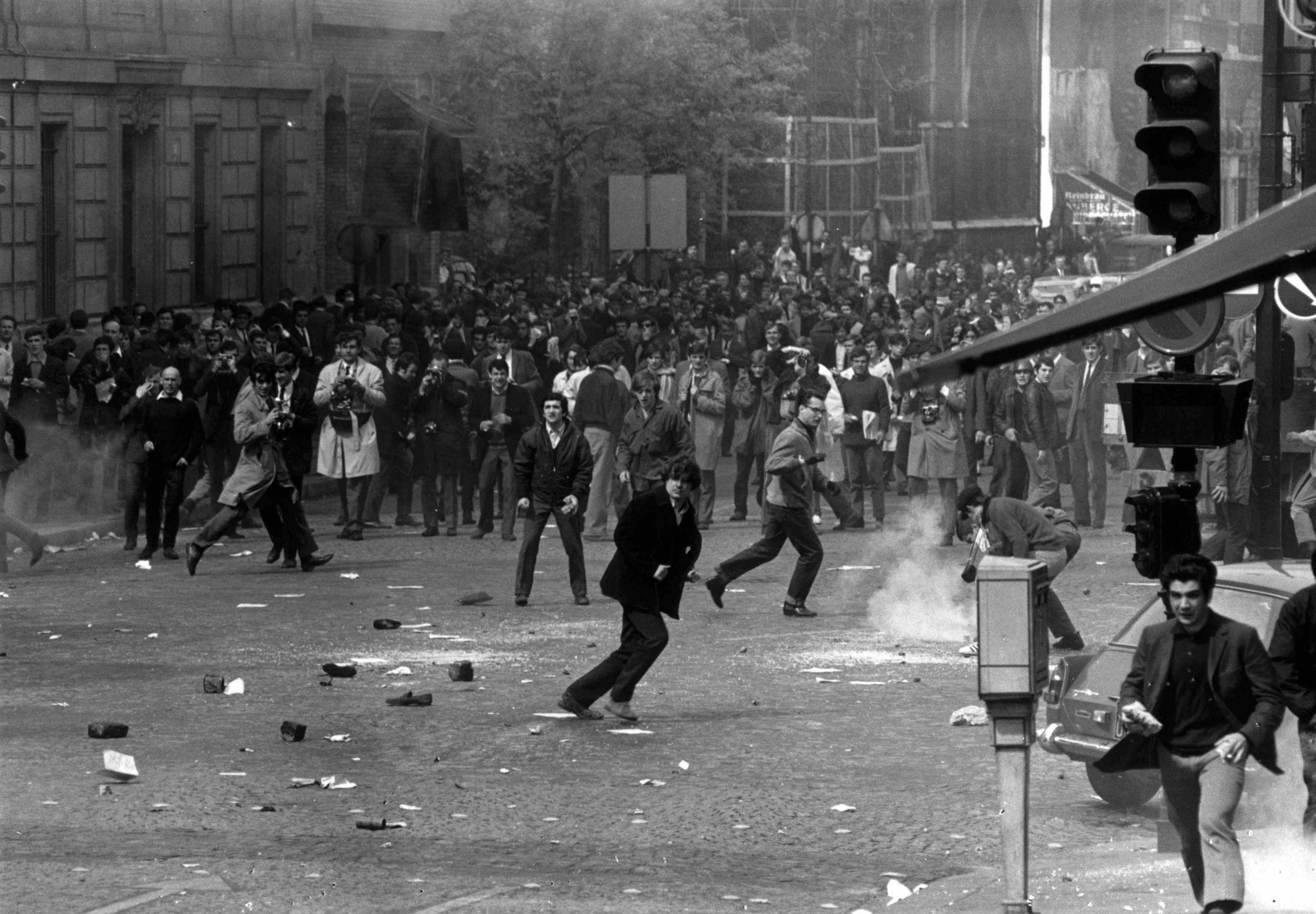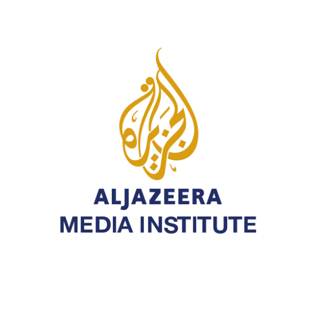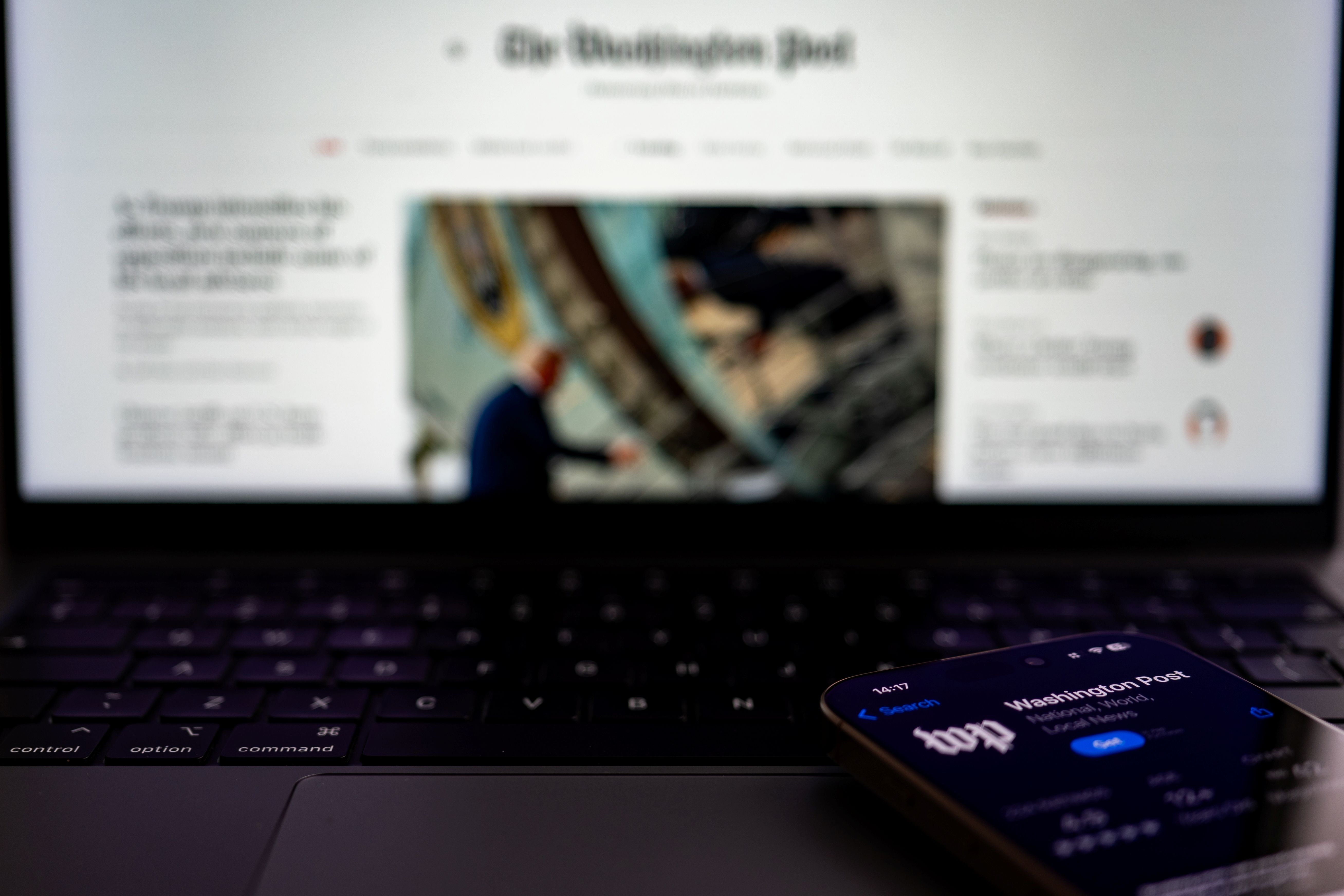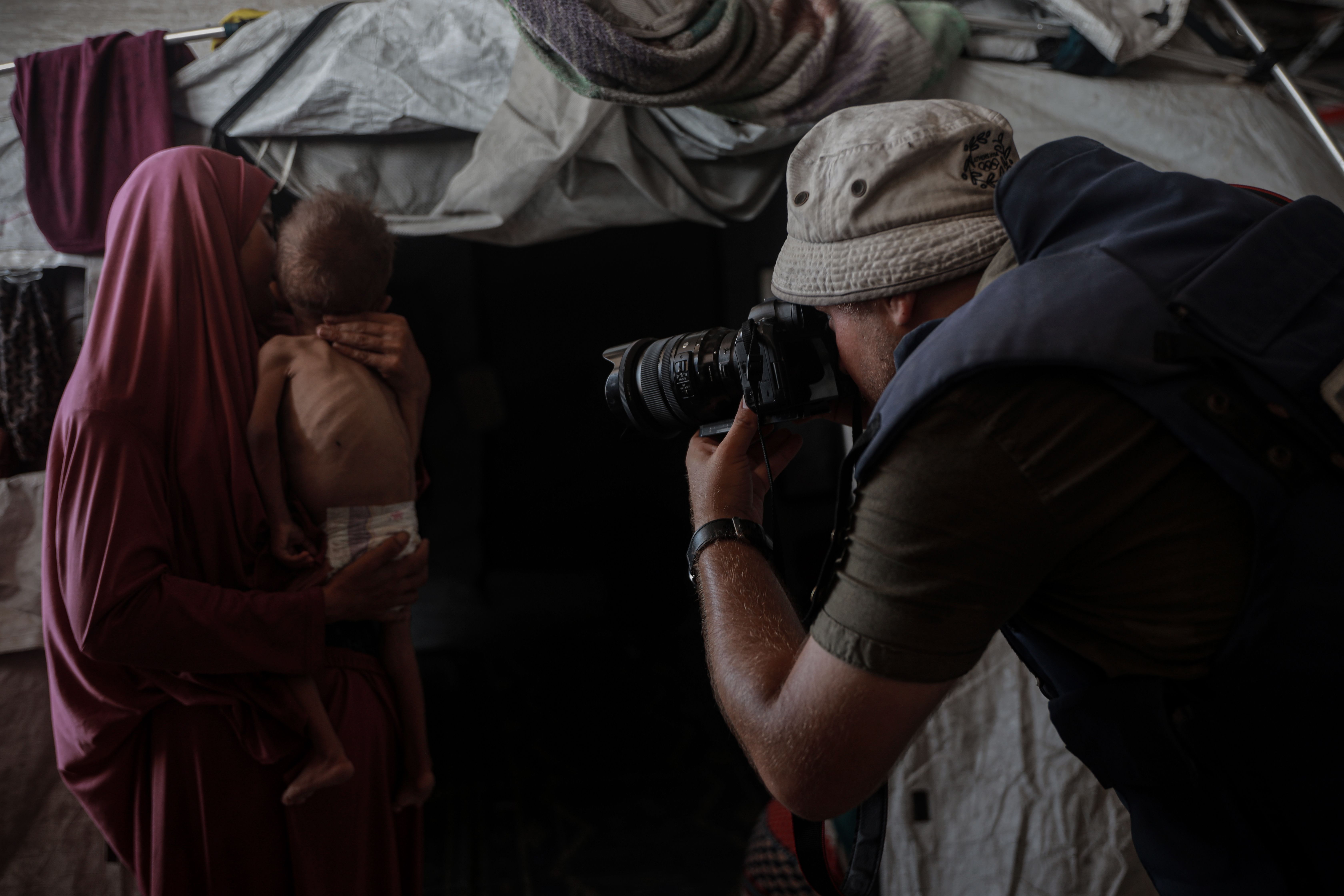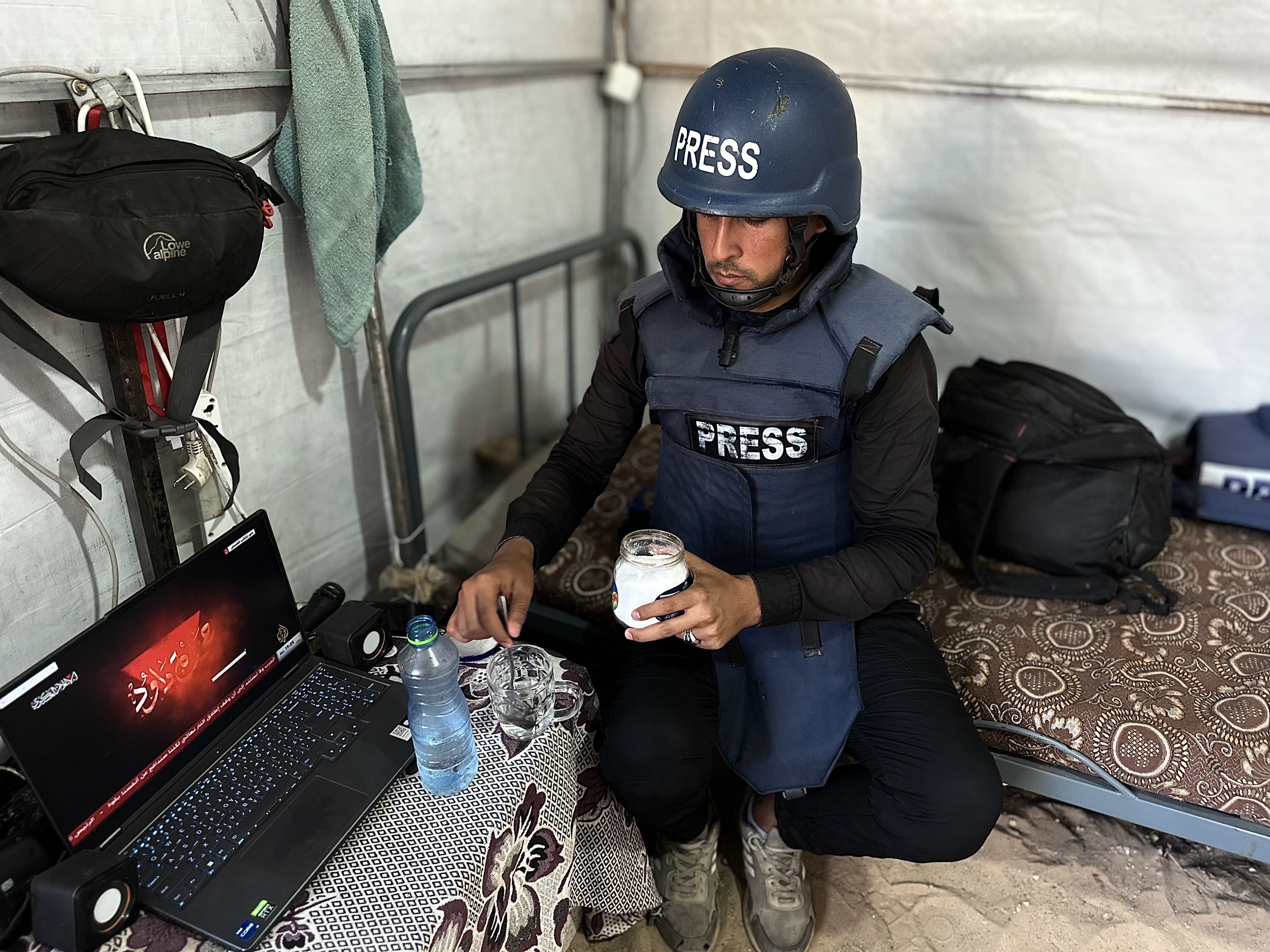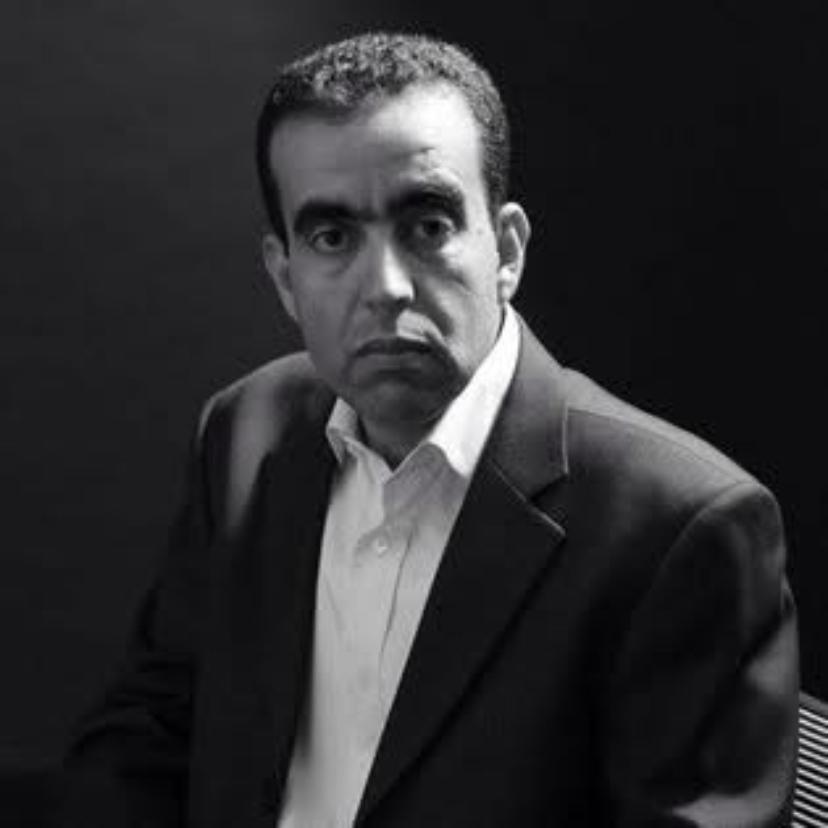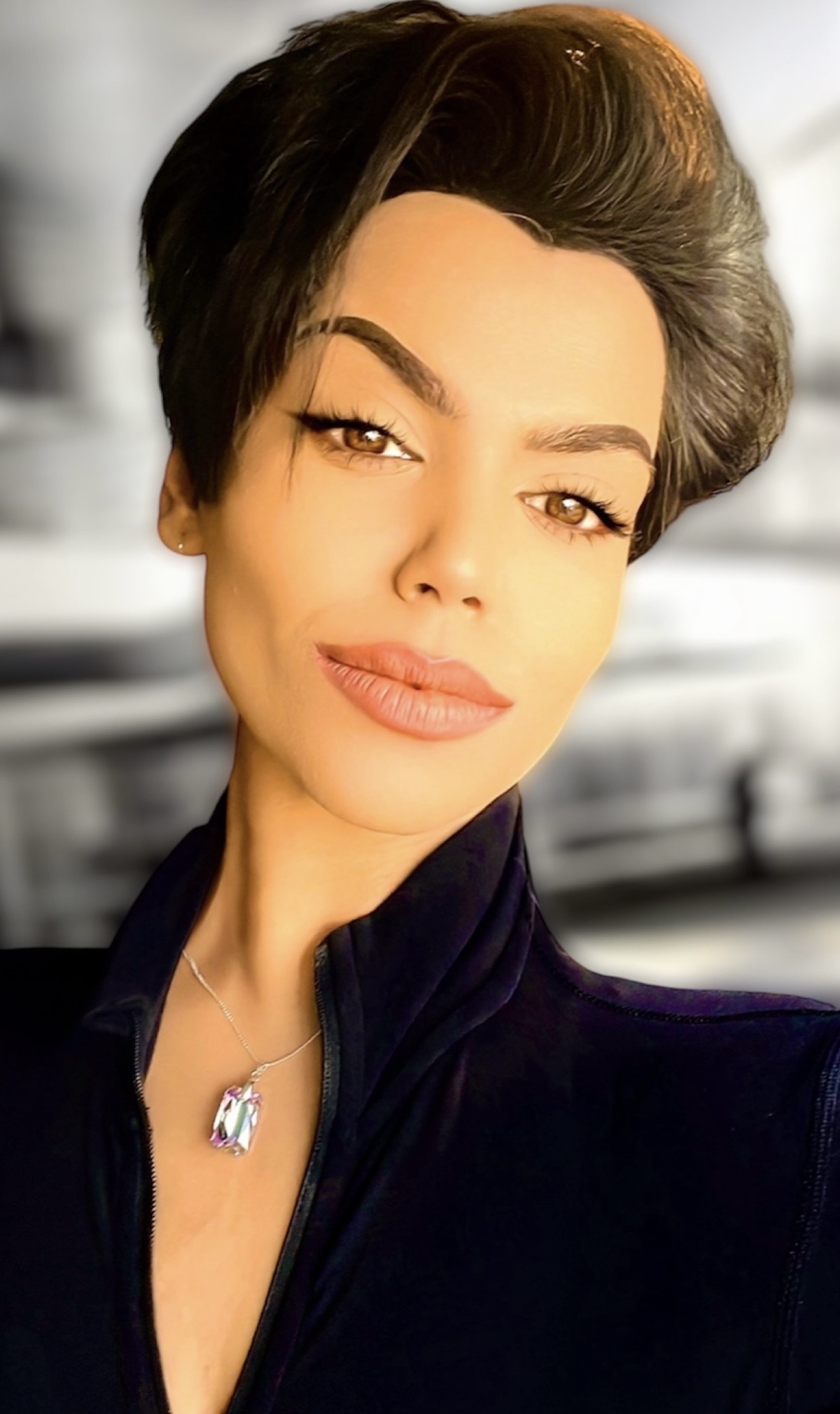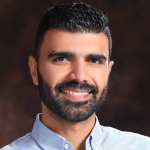من الصعب إيجاد تعريف واحد للرأي العام، فمنذ القرن السابع عشر وتعريفات كثيرة يقدمها الباحثون لهذا المفهوم الشائك الذي شكّل على الدوام مجالا خصبا للبحث. ومن الكتب المهمة التي اهتمت بهذا المفهوم كتاب "سيكولوجية الجماهير" لغوستاف لوبون، فبعد أن كان الرأي العام محصورا -بعد الثورة الفرنسية- في ما تعبّر عنه النخبة، تحوّل المفهوم كثيرا -عند لوبون- إلى الجمهور، وصارت قوة هذا الأخير كبيرة لدرجة أنه يمكن أن يؤثر حتى على الفرد المثقف، إذ يمكن للجمهور أن يحرّك ويدفع الجميع سواء إلى الأسوأ أو الأفضل.
ومن بين زمرة التعريفات المتعددة للرأي العام، يمكن أن نستشهد بتعريف ورد في كتاب "الأخبار والرأي العام.. تأثير الإعلام على الحياة المدنية" لمجموعة من المؤلفين، جاء فيه أن الرأي العام هو "وفاق اجتماعي بشأن الأمور السياسية والمدنية، توصّلت إليه الجماعات المكونة للمجتمع الأكبر، ويمكن أن تتنوّع هذه الجماعات من كيانات صغيرة، إلى مجتمعات دولية ضخمة".
لقد ظهر الاهتمام بالرأي العام جليّا بداية القرن الماضي عندما ظهرت معاهد خاصة باستقراء الآراء في العديد من الدول الغربية، لا سيما مع رغبة الشركات والمؤسسات الحكومية وغير الحكومية في التعرّف إلى توجهات فئات الجمهور سواء من أجل إنجاز دراسات أو تسويق منتجات أو التعمق في ظاهرة مجتمعية معيّنة. وتوجد حاليا العديد من المعاهد الخاصة التي تعمل على إنجاز استطلاعات للرأي العام، وغالبا ما تأخذ عيّنة من المجتمع تختارها بعناية من أجل الإجابة على الأسئلة المطلوبة. وحتى مع الانتقادات التي توجه لهذه المعاهد بغياب التدقيق، فإنها برهنت على فعاليّتها، لكونها تقدم صورا تقريبية عمّا يفكر فيه المجتمع.
الرأي العام والصحافة
لا يمكن القفز أبدا على الأدوار التي لعبتها الصحافة في تشكيل الرأي العام أو التأثير عليه، فمنذ ظهورها أضحت الصحافة من بين أهم الطرق التي يتجه إليها الفرد من أجل تتبع الأخبار ومعرفة ما يدور من وقائع عبر العالم. فمن الطبيعي قبل تشكيل أيّ موقف، أن يطّلع الفرد على الموضوع ويعرف الخبر وما وراءه بعمق، لذلك لعبت الصحافة هذا الدور الكبير في تقديم ما يتيح للقارئ تكوين رأيه، بل إنها لم تكتفِ به، فمع تطور أجناس الرأي في الصحافة وكذلك الأجناس الكبرى كالتحقيقات الاستقصائية، أضحت الصحافة تدفع بالمتلقي إلى تكوين رأي ما، قد يكون الرأيَ نفسه الذي تتبناه، ومن هنا استمدت الصحافة دورها القوي كسلطة رقابية رابعة.
ومن أمثلة ذلك أن الصحافة الأميركية عملت في الكثير من المرات على إقناع الجماهير بخيارات سياسية معيّنة، وتُبين ذلك دراسة أجراها عالم الاجتماع بول لازار سفيلد في ولاية أوهايو الأميركية عام 1940، وفي ولاية إلميرا بنيويورك عام 1948، أثناء الانتخابات الأميركية، عندما وجد أن الإعلام الإخباري يمتلك قدرة كبيرة على إقناع الجماهير، حسب ما ينقله المرجع السابق الذي يؤكد كذلك أن استطلاعات الرأي كانت تشير إلى تفوُّق باراك أوباما على منافسه جون ماكين عام 2008، بفضل قدرته على التعامل مع التحديات الاقتصادية التي كانت وسائل الإعلام تركز عليها كثيرا خلال تلك الفترة.
وحتى مع محاولة وسائل الإعلام الابتعاد عن الرغبة في التأثير ومحاولتها تقديم الخبر بشكل محايد، فصعوبة نشر الجريدة لجميع الأخبار التي ترد عليها، وعملها بمنطق الانتقاء في تحديد ما هو الأهم بالنسبة لجمهورها، وما هي المواضيع التي قد تجلب لها قراءً أكثر كي تحقق أرباحا أكبر (إذا كنا نتحدث هنا عن جريدة خاصة)، يجعل أخبارها تؤثر بشكل ما على جمهورها، وذلك مع ضرورة الإشارة إلى الفروقات الموجودة في المجتمع، وطبيعة الجمهور وخبراته في التعامل مع وسائل الإعلام، أي بتعبير آخر الاختلافات بين الأفراد في طريقة تشكيلهم لآرائهم بين من يُخضع ما يقرؤه للتمحيص، وبين من يصدق كلّ ما يقرؤه.
الرأي العام في الفضاء الإلكتروني
بدأت المحاولات الأولى للصحافة الإلكترونية في سبعينيات القرن الماضي، لكن يمكن القول إن شَقّ الصحافة الإلكترونية طريقها في العالم ظهر أساسا خلال العقد الأخير من القرن الماضي، فقد تعرّف القارئ الأميركي مثلا على العديد من المواقع الإخبارية في تلك الفترة، منها موقع"سي.أن.أن" وموقع "صالون" عام 1995، وتطورت العناوين بعدها بشكل لافت، لدرجة إنشاء جمعية "أخبار الأون لاين" عام 1999. أما في المنطقة العربية، فقد ظهرت تجارب متعددة في بداية الألفية منها "الجزيرة نت" و"إيلاف".
غير أن تأثير المواقع الإلكترونية على الرأي العام لم يظهر إلا بداية الألفية الثالثة، ويستدل الباحث الأميركي في الإعلام الجديد دان جيلمور في كتابه "نحن الإعلام"، بواقعة بث الصحفي دان راثر في شبكة "سي.بي.أس" عام 2004، تقريرا عن سجل الحرس الوطني المتنازع عليه في عهد جورج دبليو بوش، وهو التقرير الذي شكّك فيه أصحاب المدونات، خاصة فيما يتعلق بصحة المذكرات التي استند إليها جانب كبير مما تمّ بثه. وتحت تأثير انتقاد كتّاب المدونات، اضطرت الشبكة المذكورة للتراجع.
كما تبيّن أن للأشخاص الحاضرين في المكان ذاته القدرة على نشر روايتهم عن الأحداث في الإنترنت، فالكاتب دان جيلمور يؤكد أن الصور ومقاطع الفيديو التي صوّرت أمواج تسونامي (الحادث المأوساوي الذي أودى بحياة الآلاف وتسبّب في خسائر مادية فادحة)، ساعدت الكثير من الصحفيين على تغطية الحدث، كما أن صورة فوتغرافية التقطها رجل هارب من تفجيرات لندن عام 2005، كانت واحدة من أهم الصور التي دعمت بها الصحف تقاريرها عن الحادث لذلك اليوم.
وفي هذا المستوى، ظهر أن الصحفي لم يعد هو أول من يقوم بوظيفة التأريخ للأحداث، بل أضحى نشطاء الإنترنت هم أول من يقومون بهذه الوظيفة حسب جيلمور. ونتيجة لهذا الطارئ، تطوّرت الصحافة الإلكترونية بشكل واضح، واستفادت من هؤلاء النشطاء في بناء شبكة قوية استطاعت أن تعطي الجديد لحظة بلحظة. ويمكن في هذا السياق الاستشهاد بالفيضانات التي شهدها المغرب نهاية العام 2014، وكيف أن الصور ومقاطع الفيديو التي التقطها المواطنون كانت عاملا أساسيا لتكوين رأي عام ندّد باستمرار تعطل البنى التحتية في المغرب.
ومن سمات الصحافة الإلكترونية في علاقتها بالرأي العام، أنها لم تعد صندوقا أسود يتوجه إلى المتلقين دون معرفة آرائهم، بل صار رأي المتلقي مهما جدا، وصار يتبادل الأفكار حول ما نشرته جريدة دون أخرى، كما صار البعض يهوى مراقبة الصحف والمجلات الإلكترونية بحثا عن هفوات ينشرها.
ويمكن أن نتبيّن التأثير القوي للصحافة الإلكترونية في ما يتعلق بالانتخابات، فقد فاز مرشح الحزب الديمقراطي بن تشاندلر في انتخابات خاصة في الكونغرس الأميركي عام 2004، مستخدما في ذلك المواقع الإلكترونية بشكل كبير، وقد استثمر أموالا بسيطة للظهور في إعلانات مدونات، كان لها أثر إيجابي أفضل من حملات مدفوعة الأجر في قنوات فضائية، وفق ما يؤكده جيلمور.
وكي نعطي مثالا قريبا، فخلال الانتخابات الجهوية والمحلية التي نظمها المغرب يوم 4 سبتمبر/أيلول 2015، اتجهت جلّ الأحزاب المغربية للمرة الأولى إلى الفضاء الإلكتروني بحثًا عن مساحات إشهارية في المواقع، كما استخدمت الصفحات المروّجة على الفيسبوك، وعملت على تصميم مقاطع فيديو إشهارية في موقع اليوتيوب. ولا عجب في ذلك، ففي المغرب هناك إحصائيات غير رسمية تشير إلى ولوج 16 مليون مغربي إلى شبكة الإنترنت، قرابة ثمانية ملايين منهم مسجلون في موقع الفيسبوك.
وخلال فترة الربيع العربي، تبيّنت أدوار الإنترنت الكبيرة في التأثير على الرأي العام، بل والتغيير في مجرى الأحداث وإسقاط أنظمة بكاملها؟ ويمكن القول إن الثورة التونسية ما كان يمكن أن تتطوّر بالشكل الذي وقع، لولا تبادل الصور ومقاطع الفيديو للقتلى والجرحى بنيران الشرطة التونسية، فطبيعة المشاهد التي نقلها نشطاء الإنترنت إلى العالم عجّلت بانتشار أكبر للسخط، مما وسّع من رقعة الاحتجاجات وأسقط نظام زين العابدين بن علي في أقل من شهر.
وينطبق الأمر ذاته على مصر عندما انطلقت حركات شبابية من الإنترنت كمجموعة "كلنا خالد سعيد" على الفيسبوك، إلى جانب حركات أخرى كحركة "شباب 6 أبريل" للمطالبة بإسقاط نظام حسني مبارك. ورغم أن الدولة المصرية حاولت تدارك ما يمكن تداركه لمنع تبادل المعلومة على الإنترنت، وقطعت هذا الأخير في فترات معيّنة، فإن ذلك لم ينفع بعدما أوجد المتظاهرون طرقا متعددة لنشر أخبارهم، ممّا جعل الكثير من الباحثين يطلقون على الثورات العربية لفظ ثورات الفيسبوك وتويتر. لكن مع ضرورة التأكيد أن مواقع التواصل الاجتماعي بقيت مجرّد وسائل لتحقيق الثورات، بينما تعود الأسباب الحقيقية إلى عوامل سياسية واجتماعية واقتصادية.
